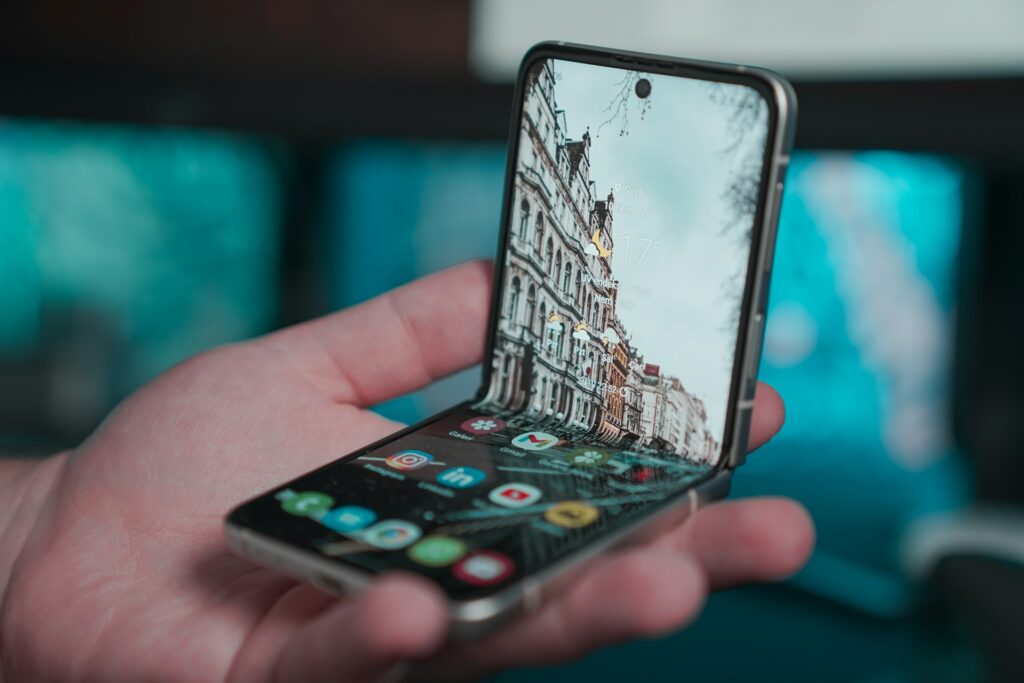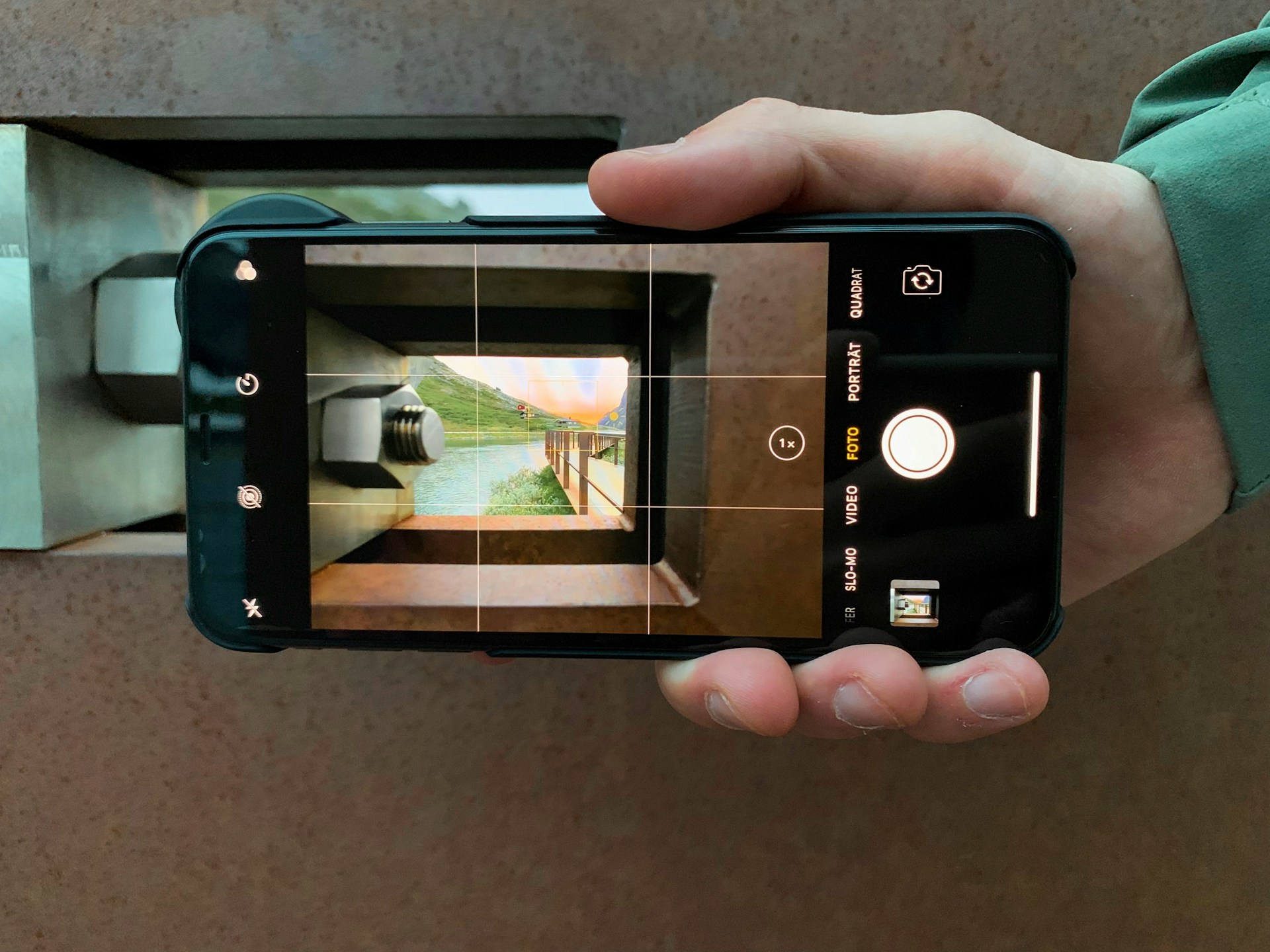Smartphones have come a long way since their introduction, and 2025 is shaping up to be a landmark year for smartphone innovations. As consumer expectations grow and tech companies push the boundaries of what’s possible, we’re seeing a wave of breakthroughs that promise to reshape our relationship with these pocket-sized powerhouses.
Here are 12 mind-blowing smartphone innovations you should definitely keep an eye on in 2025.

1. AI-Driven Personal Assistants Get Smarter
Artificial Intelligence isn’t new to smartphones, but in 2025, it’s getting a serious upgrade. Your phone will learn from your daily patterns to suggest apps before you need them, tailor battery use based on habits, and even pre-load your next destination in maps.
Why It Stands Out:
AI is becoming intuitive, helping phones better understand your preferences and behaviors—not just react to them.
Use Case:
Imagine your phone—say, an iPhone—silencing notifications automatically when you’re in meetings, based on your calendar and location patterns.
2. Foldable and Rollable Displays Go Mainstream
2025 will see foldable phones become lighter, more durable, and more affordable. Companies are also experimenting with rollable displays—phones that stretch into tablets.
Why It Stands Out:
These designs bridge the gap between smartphones and tablets, creating hybrid productivity tools for on-the-go use.
Use Case:
Watch a movie on a larger screen, then roll the phone back down to pocket-size once you’re done.
3. Battery Life That Lasts for Days
Battery innovation has lagged behind other areas of mobile tech—until now. Solid-state batteries and graphene-based power cells promise faster charging and much longer life.
Why It Stands Out:
Phones that can go 3–5 days on a single charge could become the norm, finally freeing us from the daily charger dance.
Use Case:
Travelers and remote workers benefit the most—less need to carry power banks or worry about outlets.
4. Satellite Connectivity
No signal? No problem. Apple and other manufacturers are introducing direct satellite connectivity for emergencies and limited data services when cellular isn’t available.
Why It Stands Out:
This tech brings real global reach to smartphones, which is particularly useful in disaster zones or remote areas.
Use Case:
A hiker lost in the mountains can use emergency SOS without needing a mobile signal.
5. Under-Display Front Cameras
The notch is going away. Cameras hidden beneath the display will become more common in 2025, offering a truly uninterrupted screen.
Why It Stands Out:
No notches, punch-holes, or moving parts—just pure screen.
Use Case:
Full-screen video calls, gaming, and immersive viewing without design compromises.
6. Biometric Security Upgrades
Forget fingerprints and face scans—new biometric options include palm print reading, vein mapping, and even breath authentication.
Why It Stands Out:
Multi-factor biometric security makes phones more secure and harder to hack or spoof.
Use Case:
Sensitive apps like banking or healthcare can require two forms of biometric ID for added safety.
7. Camera Technology that Rivals DSLRs
Phone cameras in 2025 will rival professional equipment thanks to advanced AI processing, periscope lenses, and computational photography.
Why It Stands Out:
Smartphones are turning into the go-to tool for content creators, photographers, and filmmakers.
Use Case:
Shoot a short film in cinematic quality without any extra gear beyond your phone.
8. Holographic and 3D Display Capabilities
Holographic displays are emerging, allowing users to view 3D images or interact with content projected above the screen.
Why It Stands Out:
A totally new way to interact with data, media, and even video calls.
Use Case:
Visualize architectural models or medical scans in 3D directly from your phone.
9. Eco-Friendly and Modular Designs
Sustainability is a growing focus. 2025 brings phones made from recycled materials, with modular components for easy repair and upgrades.
Why It Stands Out:
You’ll no longer need to replace your entire phone just because the camera or battery is outdated.
Use Case:
Replace your screen or upgrade your camera module without sending the whole device to e-waste.
10. Advanced Gesture and Touchless Controls
Beyond voice control, smartphones are integrating radar sensors and AI to detect hand gestures or even eye movements for navigation.
Why It Stands Out:
This makes smartphone use more accessible and futuristic, with less physical interaction required.
Use Case:
Scroll through an article while cooking, without touching your phone with messy hands.
11. Built-In AI Video Editors and Content Tools
Short-form video content rules social media—and phones in 2025 are meeting the demand. Expect built-in AI editors that can auto-sync to music, trim clips, and even generate captions.
Why It Stands Out:
Empowers creators to publish high-quality videos straight from their phone with minimal effort.
Use Case:
Vloggers can shoot, edit, and publish TikToks or YouTube Shorts—all without needing a computer.
12. Hyper-Personalized Experiences
From AI-curated widgets to homescreens that evolve based on time and location, your phone will feel more like an extension of your brain than a device.
Why It Stands Out:
A phone that anticipates your needs before you even open it? That’s the dream.
Use Case:
Your morning commute app is front and center at 8 a.m., replaced by meditation and reading tools by 9 p.m.—all without you lifting a finger.
Final Thoughts
Smartphone technology in 2025 is less about flashy gimmicks and more about meaningful enhancements that simplify, empower, and inspire. As phones continue to replace laptops, cameras, wallets, and more, these innovations signal a future where your mobile device is the most powerful tool you own.
Whether you’re a content creator, business professional, or casual user, 2025’s smartphones will offer features that redefine what it means to be “mobile.”


Leave a Reply